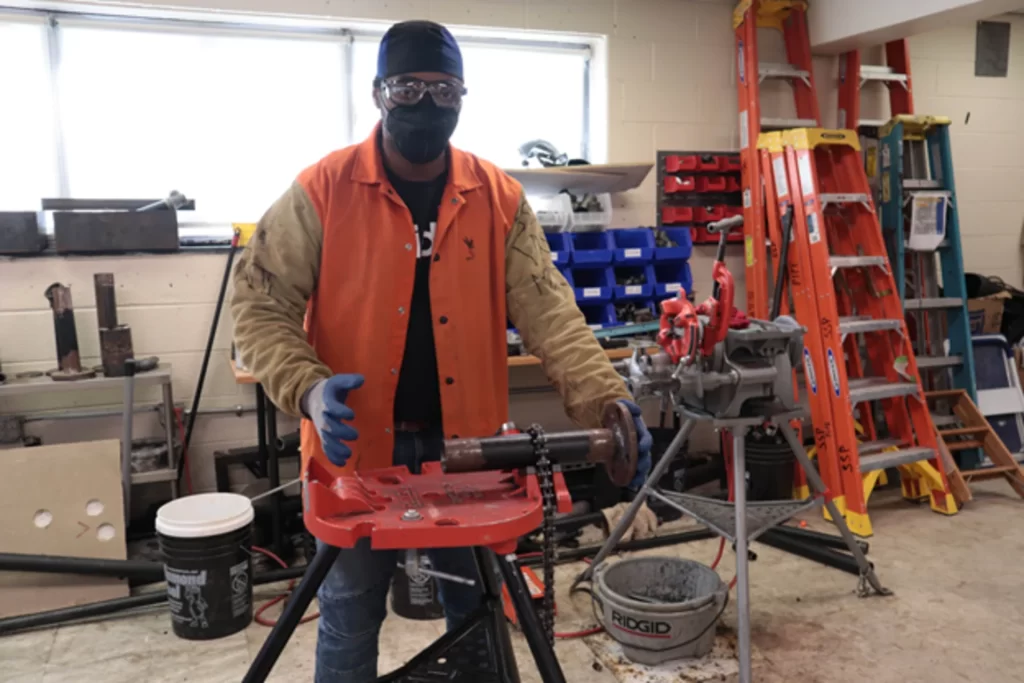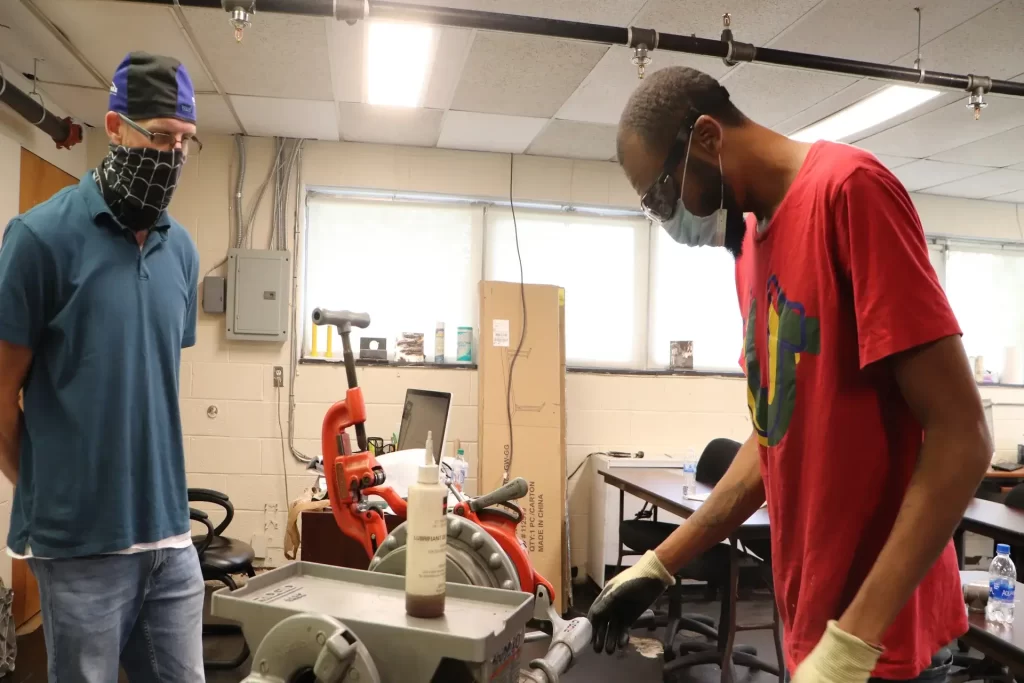Steamfitter apprentices in the skilled trade of steamfitting construct, maintain, and fix pipe networks that transport high-pressure steam, water, and other fluids. They are in charge of making sure that heating, cooling, and other mechanical systems in buildings and industrial facilities operate safely and effectively. Steamfitter apprentices can be found working in industries, power plants, oil refineries, as well as commercial and residential structures. Here are some advice for building a great career if you want to become a steamfitter:
It’s crucial to comprehend the duties and needs of the profession before deciding to become a steamfitter. Steamfitter work deal with pipe systems transporting gases, water, and other high-pressure fluids. They do these tasks in a number of locations, including as industrial and commercial buildings, power plants, and oil refineries. Additionally, heating, cooling, and ventilation systems may be serviced by steamfitters.
Because it frequently includes working in cramped quarters, climbing ladders, and lugging heavy equipment, steamfitter labor demands physical stamina. Along with using a variety of hand and power equipment, steamfitters also need to be able to read and comprehend blueprints and schematics. Additionally, they must be proficient in maths and able to take accurate measurements.
To become a steamfitter, you will need to obtain a high school diploma or equivalent. It’s also helpful to have taken math, physics, and mechanical drawing courses. After high school, you can enroll in a steamfitting apprenticeship program, which typically lasts four to five years. During the apprenticeship, you will receive on-the-job training and classroom instruction in subjects such as blueprint reading, welding, and pipefitting.

Local unions or contractors often run apprenticeship programs, and they typically require applicants to be at least 18 years old and physically able to perform the work. Some programs may also require applicants to have a valid driver’s license and pass a drug test.
In addition to completing an apprenticeship program, you may need to obtain relevant certifications and licenses to work as a steamfitter. These requirements can vary by state and locality, so it’s important to check with your local licensing board or union to determine what certifications and licenses are required in your area.
Some common certifications and licenses for steamfitters include:
To build a successful career as a steamfitter, it’s important to continue developing your skills and knowledge throughout your career. This can include staying up-to-date on new piping technologies, learning new welding techniques, and staying informed about changes in safety regulations.
You can also seek out additional steamfitter training and certifications to expand your skill set and increase your earning potential. For example, you may consider obtaining certifications in HVAC installation, process piping, or fire suppression systems.

It’s crucial to acquire soft skills like communication, problem-solving, teamwork, and technical talents. As a steamfitter, you will frequently collaborate with others in a team and may have to interact with clients, engineers, and other experts. You could also have to deal with issues like unforeseen leaks or system malfunctions on the job. These abilities may make you a valuable team player, open up additional career prospects, and increase your chances of promotion.
Building a successful career as a steamfitter requires networking. You may network with other local steamfitters and keep up with career prospects and industry changes by joining a local union or professional organization. Attending business conferences and events is another way to network with new people and learn about cutting-edge tools and methods.
By following these instructions, you may establish a lucrative career as a steamfitter. Keep up your commitment to professional development and keep learning and developing in your sector.
Read More: